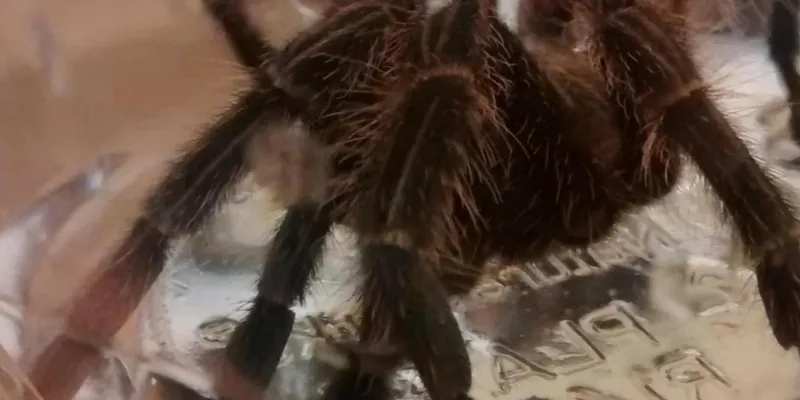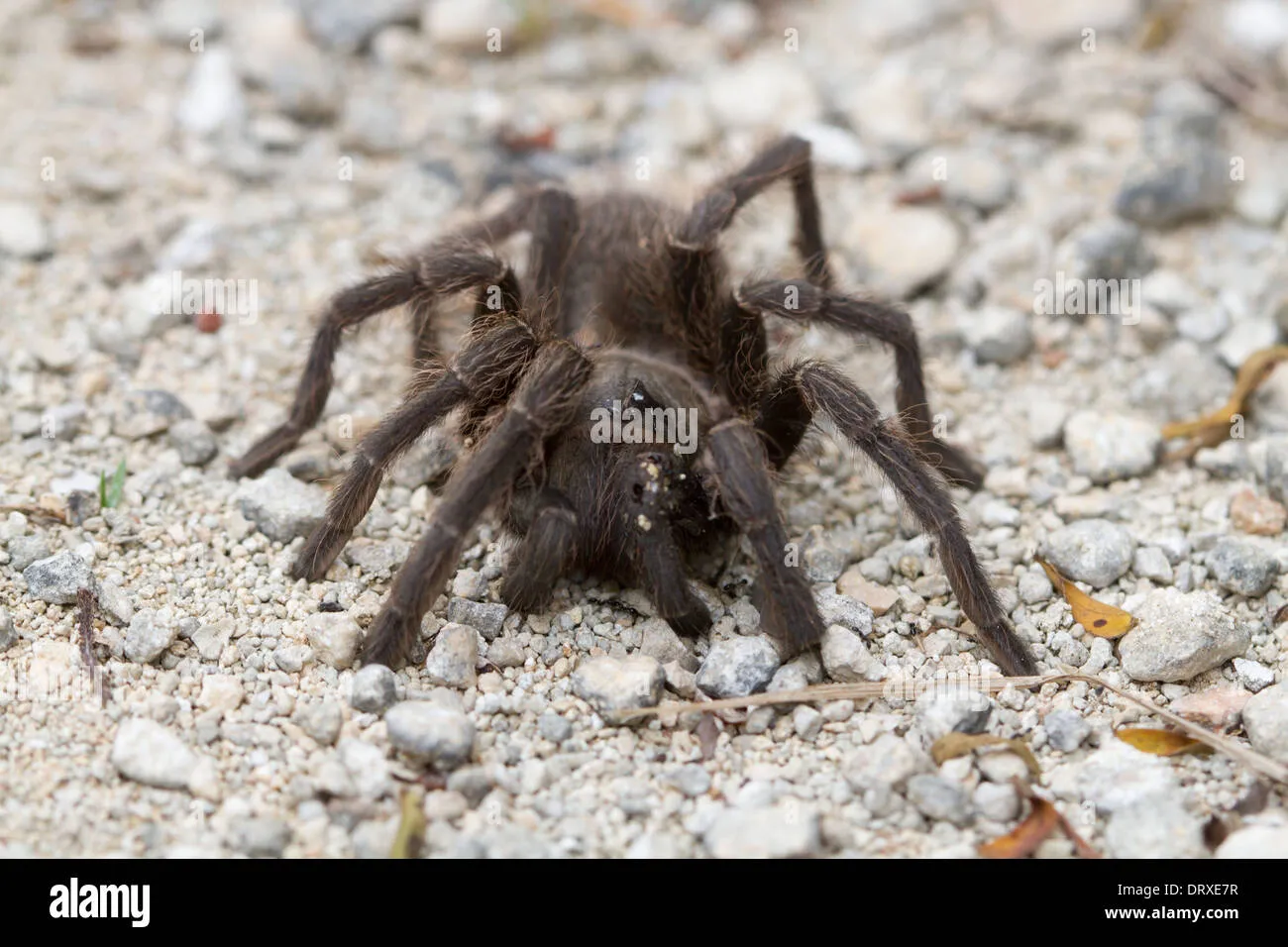Tarantula Virgin Islands Where to Find Them
The Virgin Islands, a captivating archipelago in the Caribbean, is not only renowned for its stunning beaches and turquoise waters but also for its diverse wildlife, including the fascinating tarantula. While not as widely publicized as the islands’ other attractions, the presence of these impressive arachnids adds another layer of intrigue to the region’s natural beauty. Finding a tarantula in the Virgin Islands is an exciting opportunity for any nature enthusiast. The best way to increase your chances of spotting one of these creatures is to know their preferred habitats and behaviors. The tarantulas in this region usually prefer to live in tropical conditions with moderate to high humidity. They can be found in areas with dense vegetation, such as tropical forests, woodlands, and even in the undergrowth of some gardens. These spiders are nocturnal, which means they are most active during the night. Therefore, nighttime excursions or walks are your best bet for a sighting. Using a flashlight, move slowly and observe carefully. Look for burrows or areas of disturbed soil, which could indicate the presence of a tarantula.
Habitat and Behavior of Tarantulas in the Virgin Islands
Understanding the habitat and behavior of tarantulas in the Virgin Islands is crucial for appreciating these fascinating creatures. The Virgin Islands provide a suitable habitat, characterized by warm temperatures, high humidity, and varied terrain. The tarantulas usually construct their burrows in the ground, often under rocks, logs, or in the soil, creating a safe haven from predators and the elements. These burrows are typically lined with silk, providing both shelter and a stable environment. In terms of behavior, Virgin Islands tarantulas are generally solitary creatures, except during mating season. They are primarily nocturnal hunters, emerging from their burrows at night to ambush their prey. These spiders are ambush predators and patiently wait for their prey to come within striking distance. Their diet consists mainly of insects, but larger tarantulas can also consume small vertebrates like lizards and small birds. When threatened, tarantulas will display defensive behaviors like raising their front legs and flicking hairs from their abdomens as a defense mechanism. Respecting their space and observing from a distance is the best way to ensure both your safety and their well-being.
Common Types of Tarantulas in the Virgin Islands

The Virgin Islands are home to several tarantula species, each with unique characteristics. The most common species, the Antilles pinktoe tarantula (Caribena versicolor), are known for their vibrant coloration, ranging from metallic greens and blues to pink and red hues. They are arboreal, meaning they spend most of their time in trees and on foliage. Another prevalent species is the Puerto Rican tarantula (Cyrtopholis portorricensis), which is usually found on the islands. These tarantulas are larger and have a more robust build, displaying a range of brown and gray tones. They are primarily terrestrial and construct burrows in the ground. Identifying these different species can be made by carefully observing their appearance, size, and habitat preferences. Keep in mind that tarantulas are wild animals, and it’s essential to maintain a respectful distance to avoid any potential harm to both the spider and yourself. Further research on the specific species present in the area can deepen your appreciation for these creatures.
Feeding Habits and Diet of Virgin Islands Tarantulas
The feeding habits and diet of tarantulas in the Virgin Islands are as intriguing as the spiders themselves. These arachnids are opportunistic predators, meaning their diet varies depending on what prey is available. Their diet primarily consists of insects such as crickets, roaches, beetles, and other invertebrates. Larger tarantulas can even consume small vertebrates, including lizards, small birds, and rodents. The hunting strategy of the Virgin Islands tarantulas is fascinating. Being ambush predators, they patiently wait for their prey to come within striking distance. They rely on their keen senses, including vibrations and touch, to detect the movement of their prey. Once an insect or other animal is close enough, the tarantula swiftly pounces, injecting venom through its fangs to paralyze and subdue the prey. After the prey is subdued, the tarantula uses its chelicerae (mouthparts) to grind the prey and inject digestive enzymes. The tarantula then sucks up the liquefied remains of the prey. The amount of food a tarantula consumes depends on its size, age, and the availability of prey, but they can survive for extended periods without eating.
Conservation Status and Threats to Virgin Islands Tarantulas
Understanding the conservation status and threats to tarantulas in the Virgin Islands is crucial for protecting these remarkable creatures and their habitats. The specific conservation status of tarantula species in the Virgin Islands varies, with some species being more vulnerable than others. Habitat loss is one of the primary threats to tarantulas. Deforestation, urbanization, and agricultural development destroy or fragment their natural habitats, making it difficult for tarantulas to find suitable places to live. The use of pesticides and other chemicals can also impact tarantulas, both directly and indirectly. These chemicals can poison tarantulas or reduce the availability of their prey, disrupting the food chain. Climate change poses an additional threat, with rising temperatures and changing rainfall patterns that can affect tarantulas’ habitat and food sources. Education and conservation efforts are essential to address these threats. This includes protecting tarantulas’ habitats, promoting sustainable land use practices, and raising public awareness about the importance of these fascinating creatures. By understanding the threats and taking action, we can help ensure that future generations can continue to appreciate the presence of tarantulas in the Virgin Islands.
